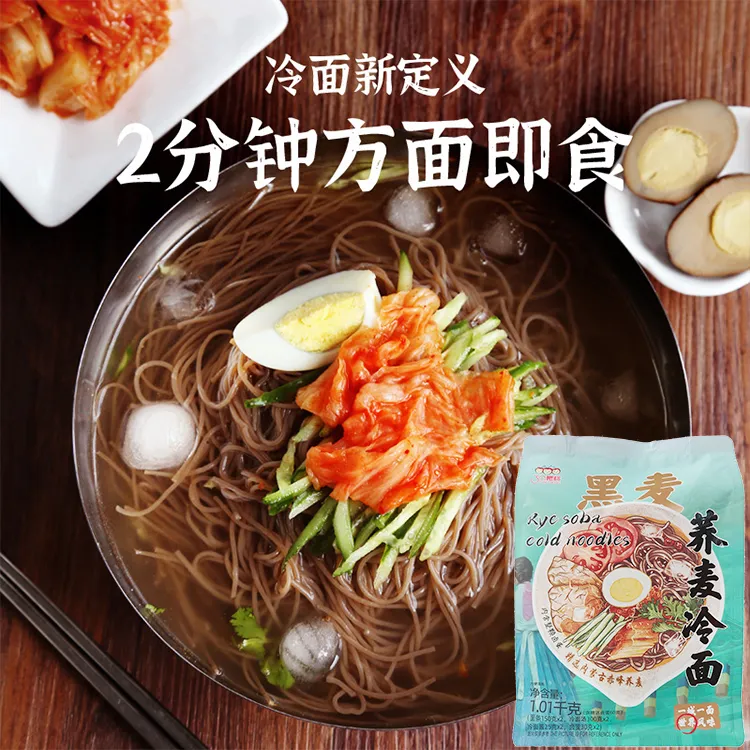Exploring Various Types of Instant Noodles Around the World
The Wonderful World of Instant Noodles
Instant noodles have become a global phenomenon since their invention in the mid-20th century. They are cherished for their convenience, affordability, and versatility. As a staple in many households, instant noodles come in various forms and flavors that cater to different cultural tastes. This article explores the different kinds of instant noodles available around the world, highlighting their unique characteristics and what makes each variety special.
Firstly, one of the most recognized varieties is the classic instant ramen from Japan. Originally developed in 1958 by Momofuku Ando, instant ramen is known for its curly, wavy noodles, which are typically made from wheat flour. The soup base can vary widely, with options like shoyu (soy sauce), miso, and tonkotsu (pork bone broth) being extremely popular. Japanese instant noodles also frequently come with added toppings, such as dried seaweed, green onions, and even pieces of meat or egg, which enhance the flavor and texture of the dish. The attention to detail in packaging and presentation makes Japanese instant ramen a culinary experience.
The Wonderful World of Instant Noodles
Moving to Korea, we find another popular type known as Shin Ramyeon. This product stands out for its spicy and robust flavor, featuring a bold broth made from beef and a variety of vegetables. Shin Ramyeon is known for its thick, chewy noodles that soak up the soup's richness. It's not uncommon for people to customize their bowl further by adding ingredients like cheese, instant rice cakes, or even dumplings. The spiciness of Shin Ramyeon reflects the Korean love for heat and flavor, turning it into a comforting meal even for the most discerning spice lovers.
kinds of instant noodles

Meanwhile, in China, the variety and innovation in instant noodle offerings are astounding. Among popular options are beef noodle soup and hot and sour noodle soup varieties, both of which showcase the diverse culinary traditions of the country. Chinese instant noodles often come with multiple packets one for oil, one for seasoning, and another for chili or spice, allowing consumers to tailor the flavor to their liking. Packaged in bowls or cups, these noodles often include dehydrated vegetables and meat, providing as close to a homemade meal as possible in just a few minutes.
In the Western world, instant noodles may not be as traditional but have found their niche. Brands such as Cup Noodles and Ramen Noodles offer a quick meal solution that has gained popularity among students and busy professionals. These noodles come in easy-to-cook formats, mostly in cups or bowls, and offer flavors like chicken, beef, and vegetable. While often criticized for their nutritional value, they are undeniably convenient and can be jazzed up with additional ingredients like vegetables and proteins for a more balanced meal.
Lastly, we must not forget the rise in vegan and gluten-free options in the instant noodle market. As dietary preferences and restrictions evolve, companies are producing noodles that cater to these needs. Vegan noodles often replace traditional flavorings with plant-based alternatives, enabling everyone to enjoy a quick meal without sacrificing their dietary principles. Gluten-free noodles made from rice, buckwheat, or other grains allow those with gluten sensitivities to partake in the instant noodle trend without worry.
In conclusion, the intoxicating variety found in instant noodles showcases not only culinary creativity but also cultural significance. From Japan's delicate ramen to Indonesia's spicy Mee Goreng, instant noodles have captured hearts—and stomachs—worldwide. With innovations in flavor and dietary options, the world of instant noodles continues to expand, ensuring this beloved comfort food remains relevant and cherished for generations to come.
-
Unlock the Delicious Potential of Yam NoodlesNewsAug.11,2025
-
The Authentic Taste of Lanzhou NoodlesNewsAug.11,2025
-
Savor the Art of Hand Pulled NoodlesNewsAug.11,2025
-
Indulge in the Timeless Delight of Spaghetti BologneseNewsAug.11,2025
-
Indulge in the Rich Flavor of Braised Beef NoodlesNewsAug.11,2025
-
Elevate Your Meals with the Magic of Fresh PastaNewsAug.11,2025
-
Unleash Your Inner Chef with Delectable Italian Pasta CreationsNewsAug.01,2025
Browse qua the following product new the we

















































































































